Looking for a few simple tips and tricks to recharge your tired and depleted soil where your tomato plants grew this year?
Tomatoes are one of the most rewarding crops to grow in the garden, but they are also one of the most demanding. Anyone who has grown them knows that tomato plants take a lot from the soil. They grow fast, set heavy amounts of fruit, and keep producing for a long stretch of the season. Because of that, the ground where tomatoes were planted usually ends up completely drained of nutrients.
When tomato plants are finished for the year, the soil they leave behind needs special attention. If you plant new crops into that same space the following season without recharging the soil, they will most likely struggle to grow. Especially if you will be planting tomatoes there again!
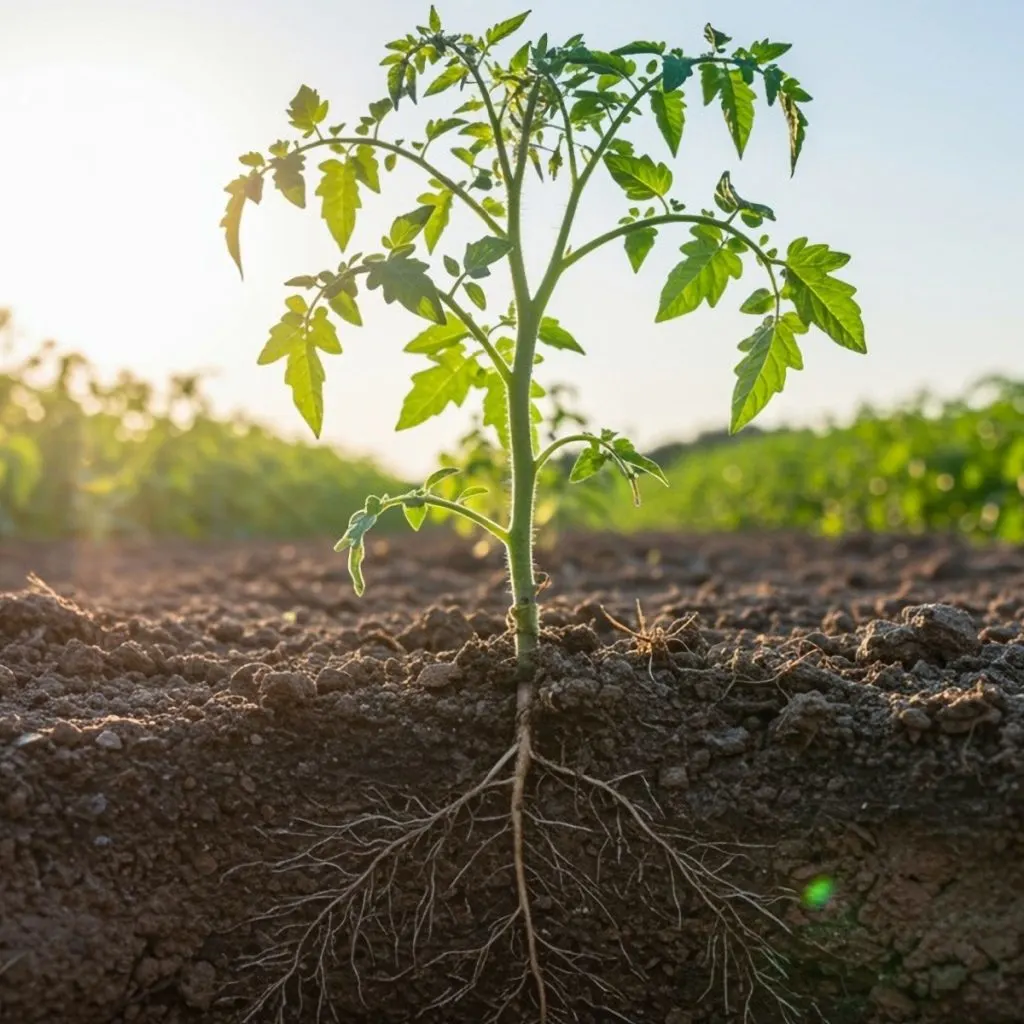
Why & How To Recharge Tired Tomato Soil
Tomatoes are what gardeners call “heavy feeders.” That means they pull a lot of important nutrients out of the soil as they grow. They use up nitrogen for leaf and stem growth. They also consume phosphorus for root and flower development, potassium for strong plants and healthy fruit, and calcium to avoid issues like blossom end rot.
Without these elements being replaced, the soil is left depleted. Although crop rotation helps – in many raised beds or small backyard gardens, growing often mean tomatoes return to the same spot every season. In those cases, recharging the soil is the only way to keep it productive.
The good news is that rebuilding the soil after tomatoes is not complicated, expensive, or overly time-consuming. In fact, with a few simple steps, you can bring life back to the soil and have it ready for next year’s planting. No matter if you grow in a traditional garden – or raised beds.
Revitalizing Garden Soil After Tomatoes
One thing is for sure, in a garden, recharging tomato soil is best done right after the plants are pulled at the end of the season. Leaving the space bare over winter can lead to erosion, nutrient loss, and compacted soil. Instead, cover crops and soil amendments can work wonders together to restore balance.
Planting A Cover Crop
Cover crops are one of the easiest and most effective ways to heal soil. Crops like cereal rye, oats, and field peas are all excellent choices. As soon as the tomato plants are removed, seeds can be sown directly into the soil. They then germinate quickly and provide a blanket of growth that protects the soil through the fall and winter.
Cover crops don’t just cover the ground. As they grow, they capture nutrients and store them in their leaves and roots. When the plants die back naturally in late winter or early spring, they decompose and release those nutrients back into the soil.
Oats and rye are particularly helpful because they add large amounts of organic matter. Field peas do that too, but they also fix nitrogen, making them especially useful for soils where tomatoes grew. Affiliate Link: Outsidepride Dundale Field Peas Seeds – 10 lbs.
Some gardeners plant a mixture, such as rye with peas or oats with peas. This helps to give the combined benefits of each. Whether you use a single crop or a blend, a cover crop will re-balance soil nutrition, improve structure, and reduce weed growth the following year.
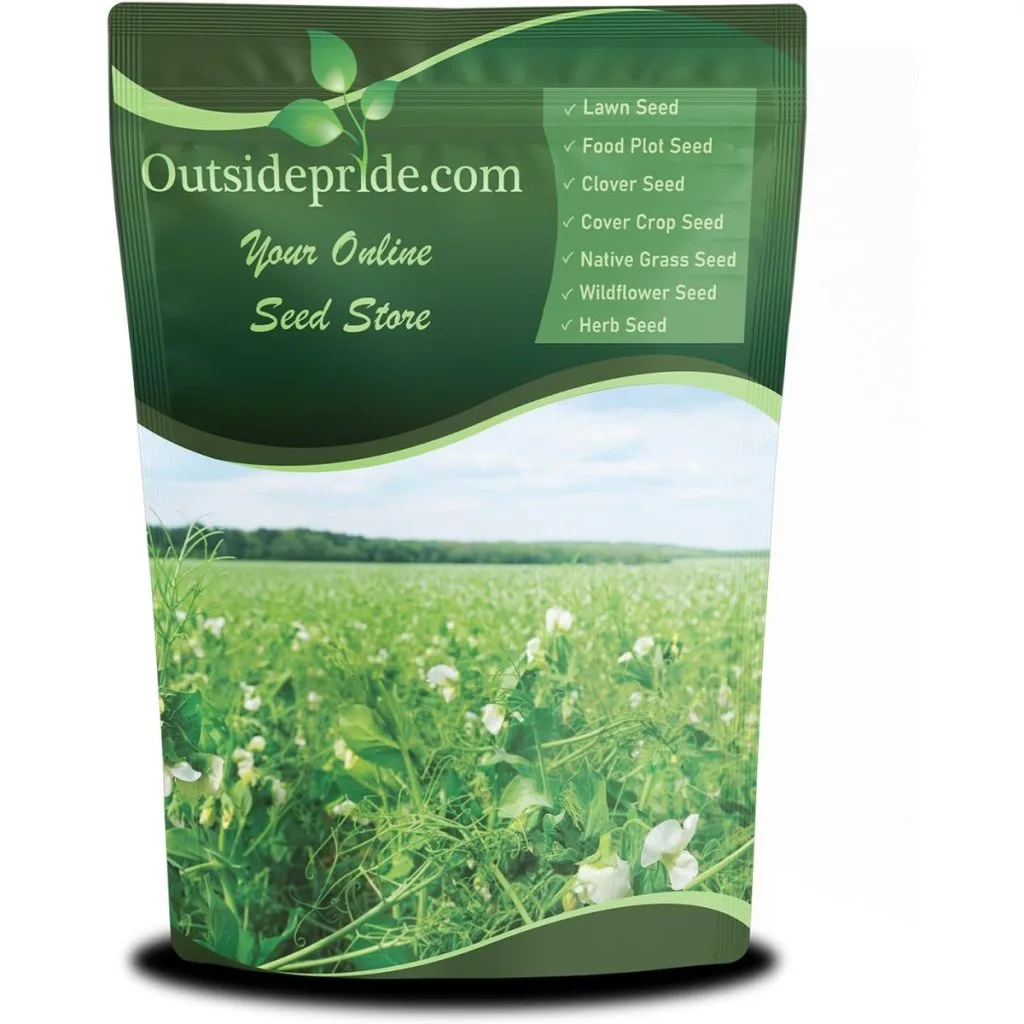
Adding Compost & Calcium
While a cover crop is powerful, the soil where tomatoes grew often needs an extra boost. That’s where compost comes in. Compost contains nearly every nutrient plants need. It also improves soil texture, allowing roots to grow easily and water to drain properly.
To recharge tomato soil, work in a few shovels of compost directly into each planting hole or along the row where your tomatoes grew. This restores much of what was lost during the growing season.
Along with compost, pulverized eggshells are extremely valuable. They release calcium back into the soil, which is one of the nutrients tomatoes consume the most. See our article: The Best Way To Use Egg Shells In Your Garden – And Why!
Sprinkling two to three tablespoons of crushed shells in each hole and then mixing them in with compost can help set the stage for healthier soil. Once compost and eggshells are in place, sow your cover crop seeds. By spring, your garden soil will be rich and full of life again.
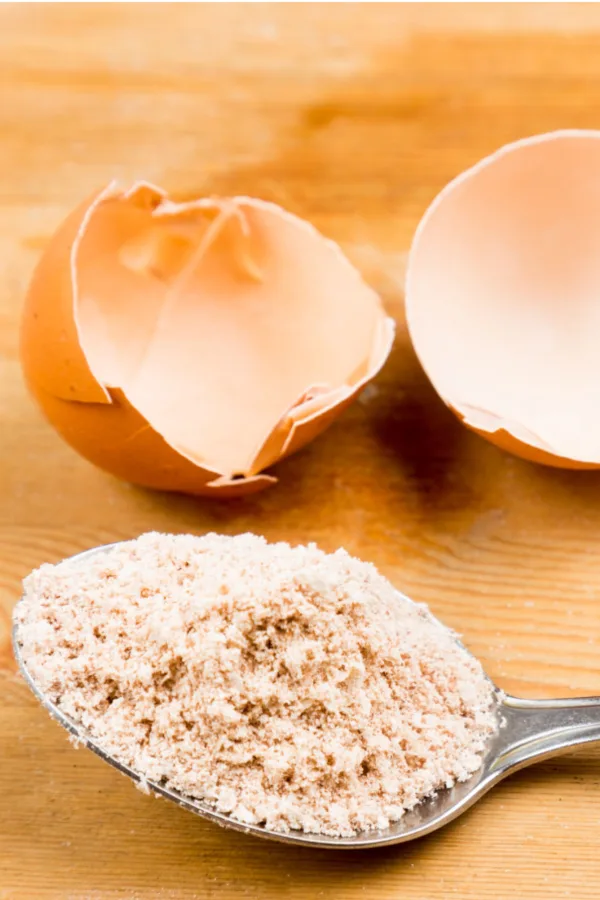
Rebuilding Tired Raised Bed Soil
Raised beds are popular for growing tomatoes, but they come with a challenge. Unlike a traditional garden, a raised bed has a limited amount of soil. Once tomatoes pull the nutrients out, there’s no natural way to replace them unless you add them back in. That means recharging raised bed soil is even more important.
Compost, Eggshells, And Worm Castings
For raised beds, it all starts by adding compost. A good rule is to add enough compost to equal about 5–10% of the total soil volume. For example, if you have a 12-inch-deep raised bed, add about an inch of compost across the entire top and then mix it in.
Eggshells should also be added, just like in a traditional garden. For raised beds, sprinkle one to two tablespoons of ground shells for every two square feet of space.
One of the best additions you can make to a raised bed is worm castings. Worm castings are full of beneficial microbes and balanced nutrients. They act as a gentle fertilizer that won’t burn plants, while also improving the soil’s ability to hold moisture. Add ¼ to ½ cup per square foot and work it into the soil along with the compost.
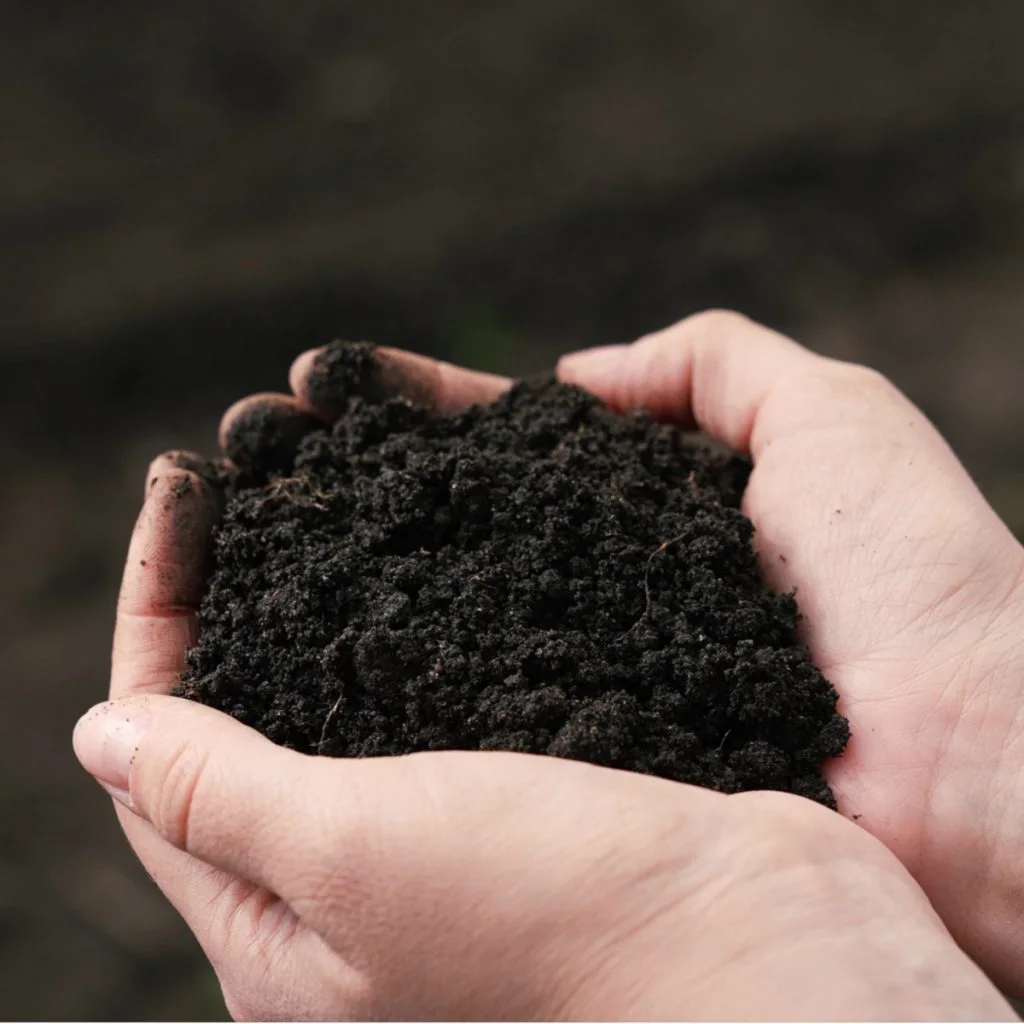
If your raised beds are large enough, you can plant cover crops in them too. Rye, oats, and peas all do just as well in raised beds as they do in open soil. For small beds where a cover crop isn’t practical, adding more compost in the fall and again in the early spring is the best alternative.
Recharging Tired Tomato Container Soil
Tomatoes grown in containers create the biggest soil challenge of all. The limited volume of soil in a pot or bucket becomes quickly depleted during the season.
Unlike garden plots or raised beds, its impossible to recharge the soil in place. Trying to reuse the same soil the following year will almost always lead to weak, unproductive plants. The best practice is to empty the containers into a compost pile. Over time, it will break down, recharge, and become usable again in other garden areas. See: How To Save & Recharge Old Potting Soil – And Reuse It Again Next Year!
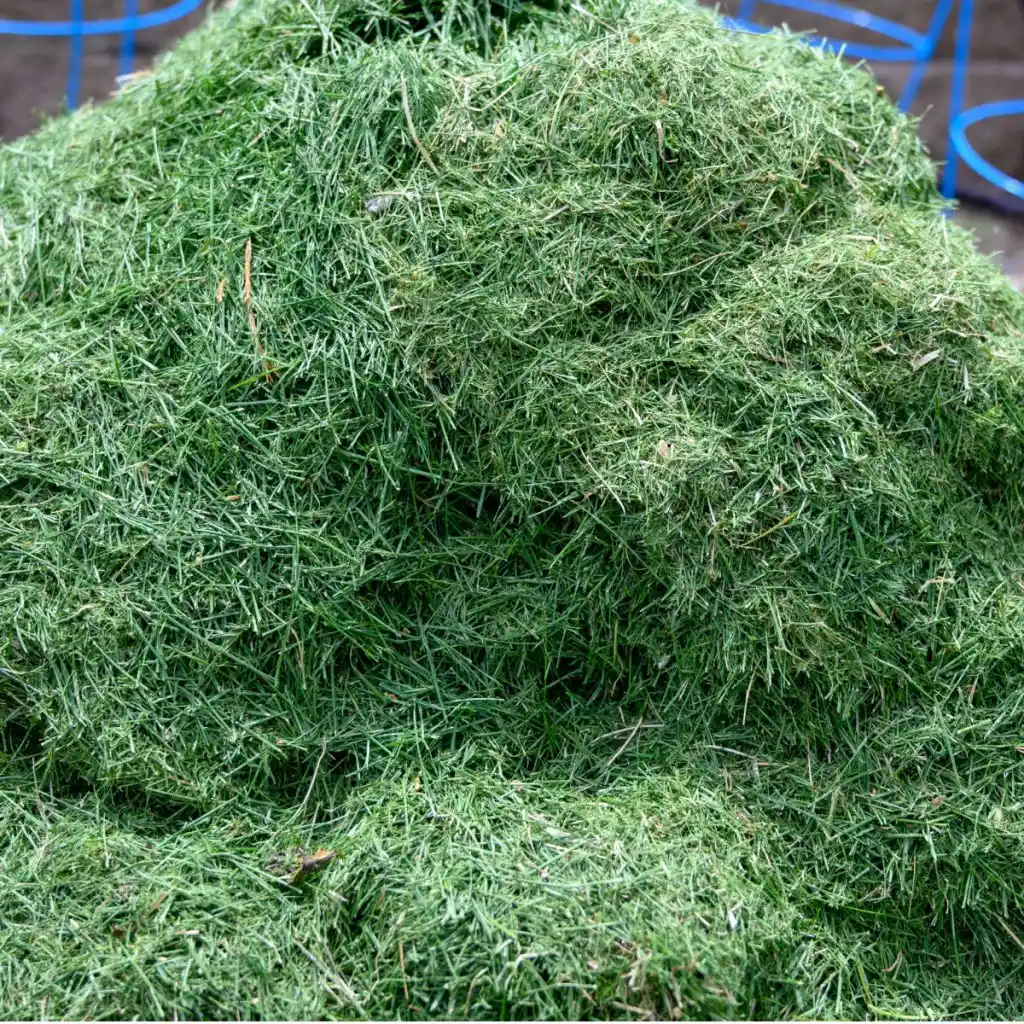
For the next growing season, start with a fresh mix of soil. A blend of 50% new potting soil and 50% finished compost works wonderfully. This way, you can still reuse some of the old soil indirectly while ensuring your new plants have everything they need to thrive.
Simple Add-Ins To Boost Soil Health
Beyond compost, eggshells, and worm castings, a few other natural amendments can make a big difference when recharging tomato soil.
- Grass Clippings & Leaves: Adding shredded leaves or dried grass clippings helps improve soil structure and adds organic matter.
- Coffee Grounds: Used coffee grounds add nitrogen to the soil and can be mixed in lightly with compost.
- Aged Manure: Well-rotted manure provides a slow release of nutrients and enriches soil texture.
Here is to taking the time now to recharge your tired tomato soil – and to growing an even better crop next year!
This Is My Garden
Follow Our Facebook Page For Great Gardening Tips And Advice! This Is My Garden Facebook Page
This Is My Garden is a garden website created by gardeners, for gardeners. Jim and Mary Competti have been writing gardening, DIY and recipe articles and books and speaking for over 15 years from their 46 acre Ohio farm. They publish three articles every week, 52 weeks a year. Sign up today to follow via email, or follow along!
